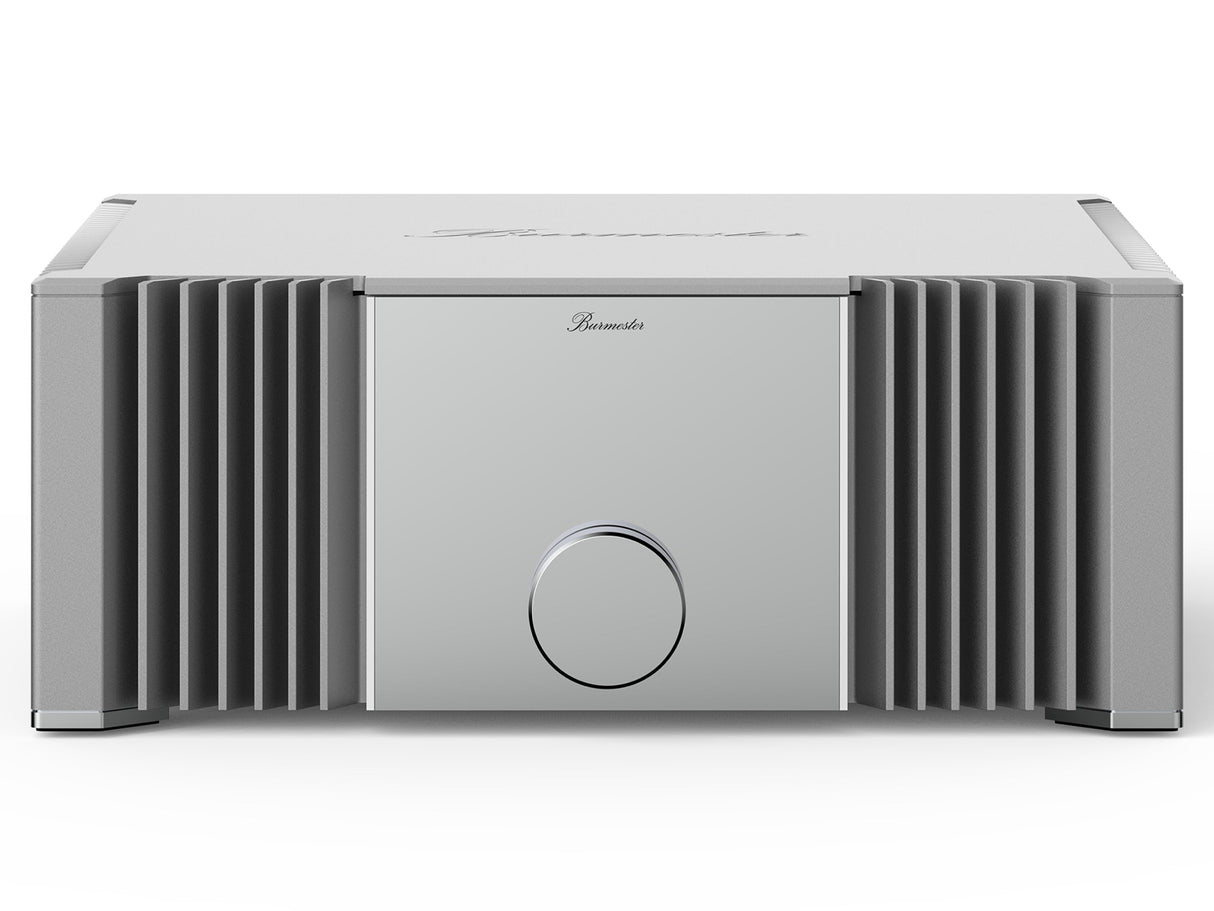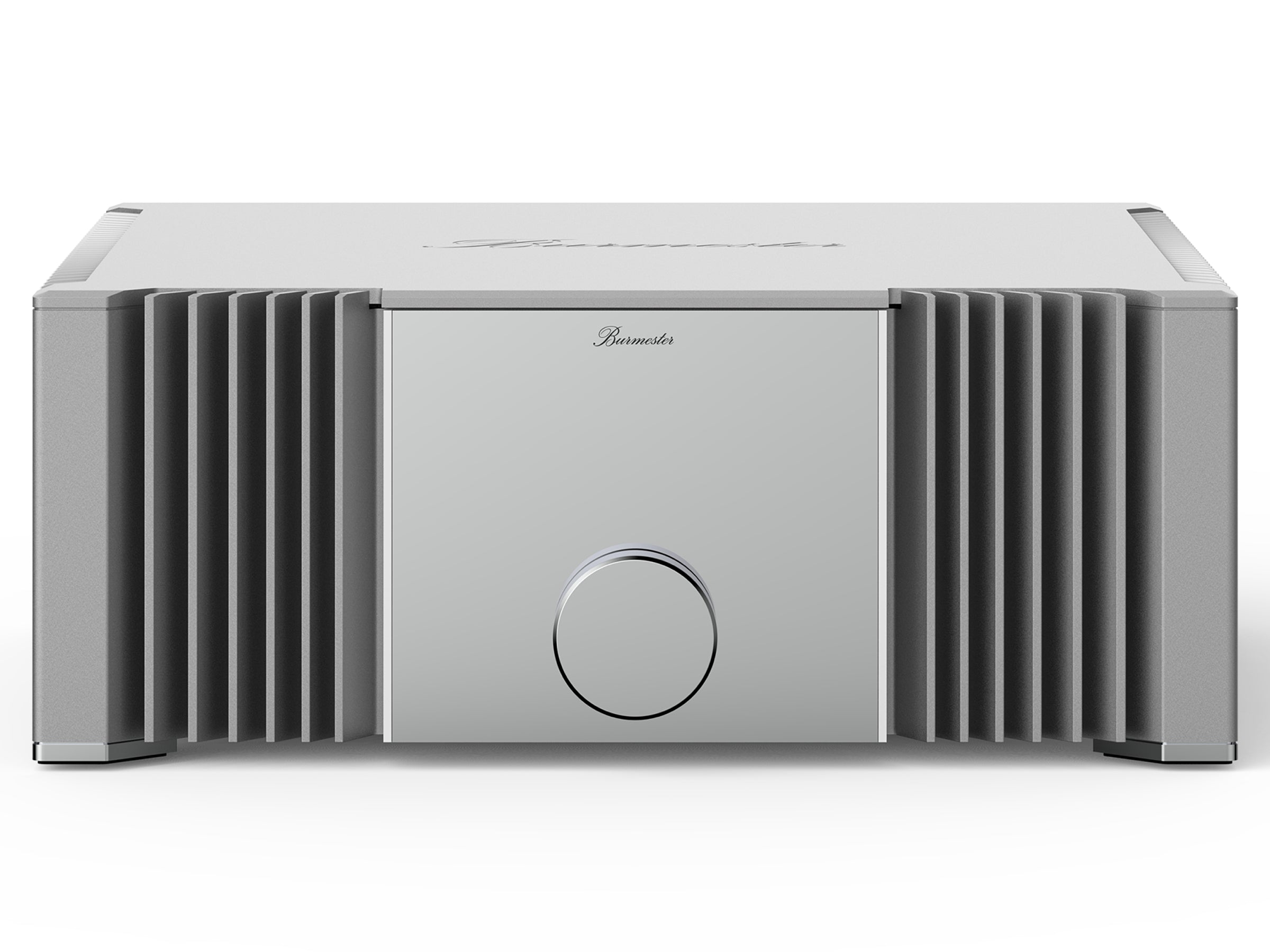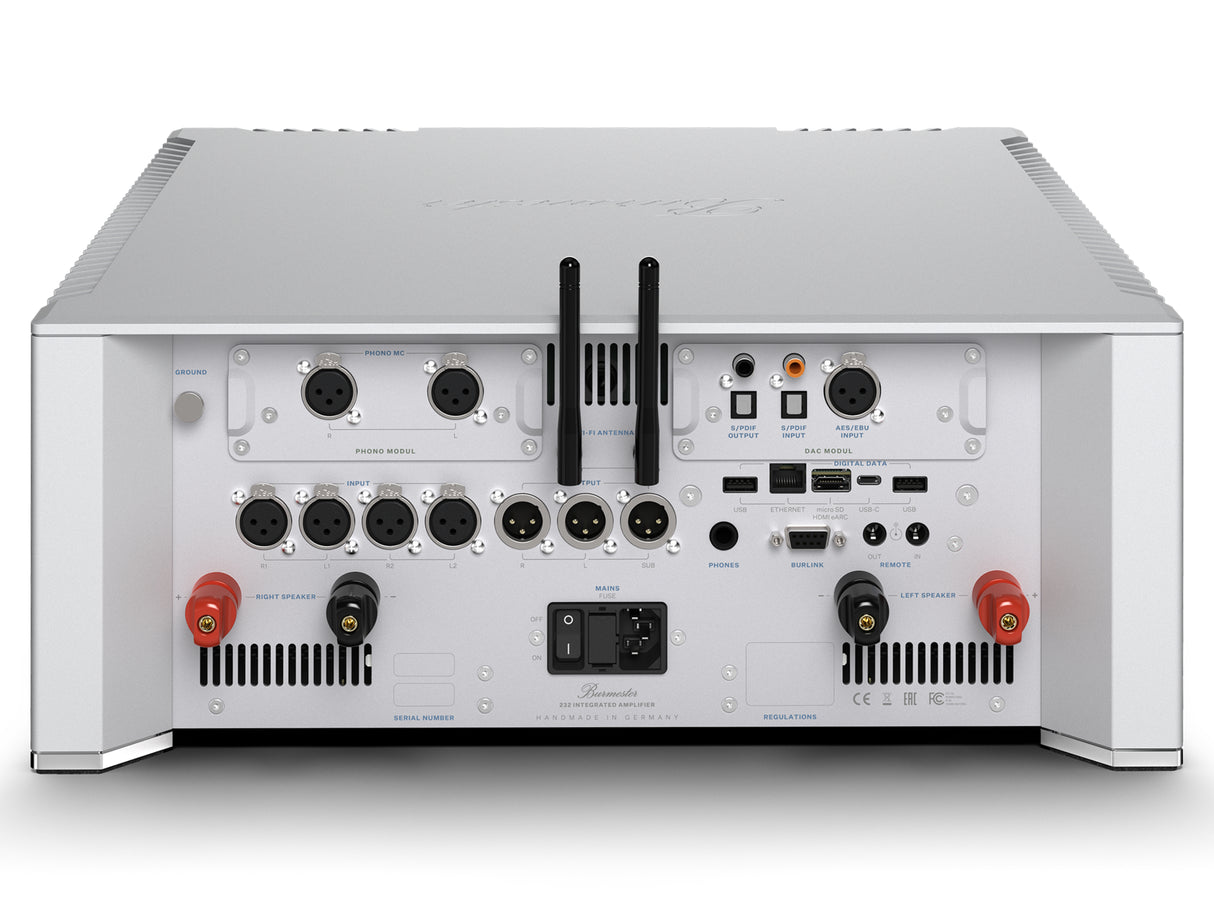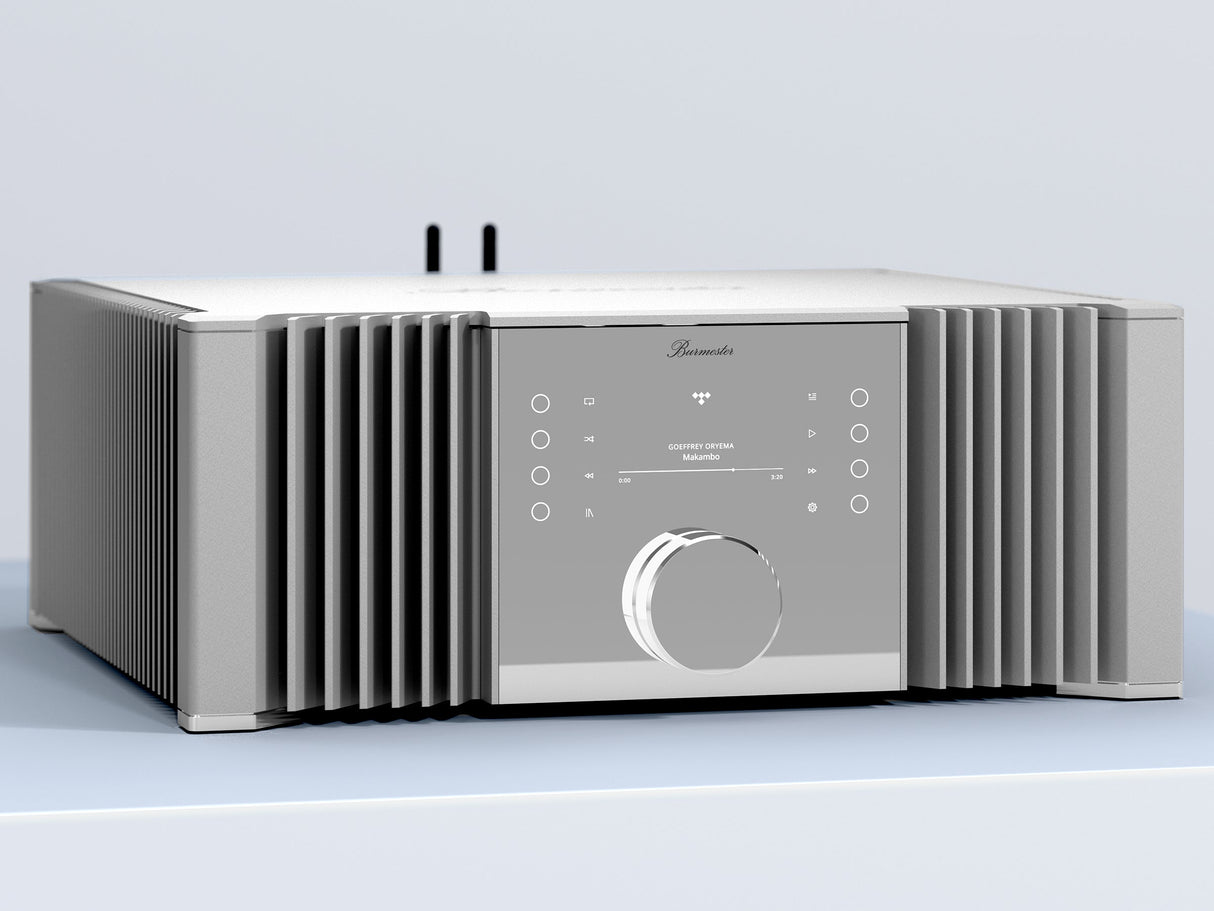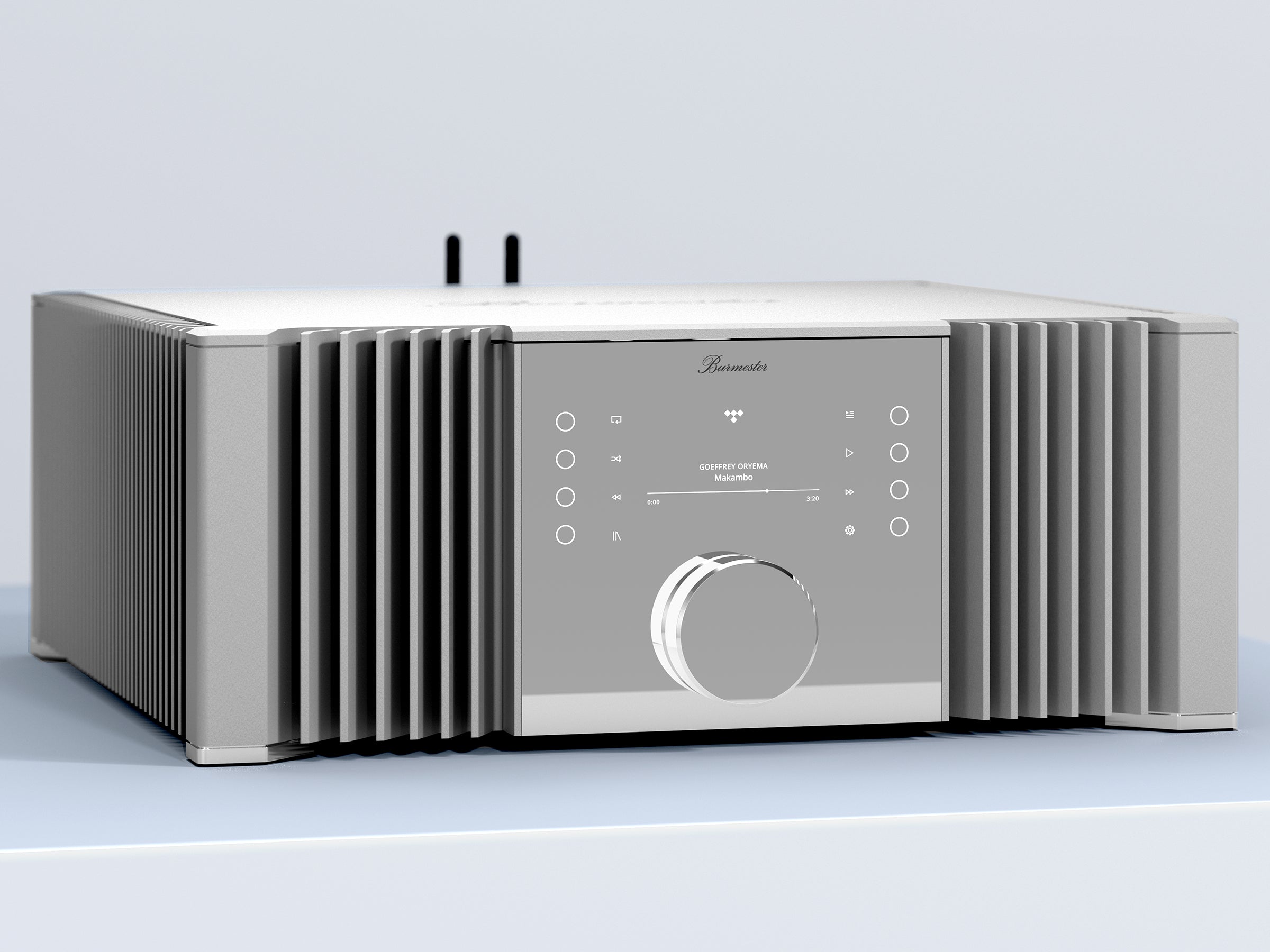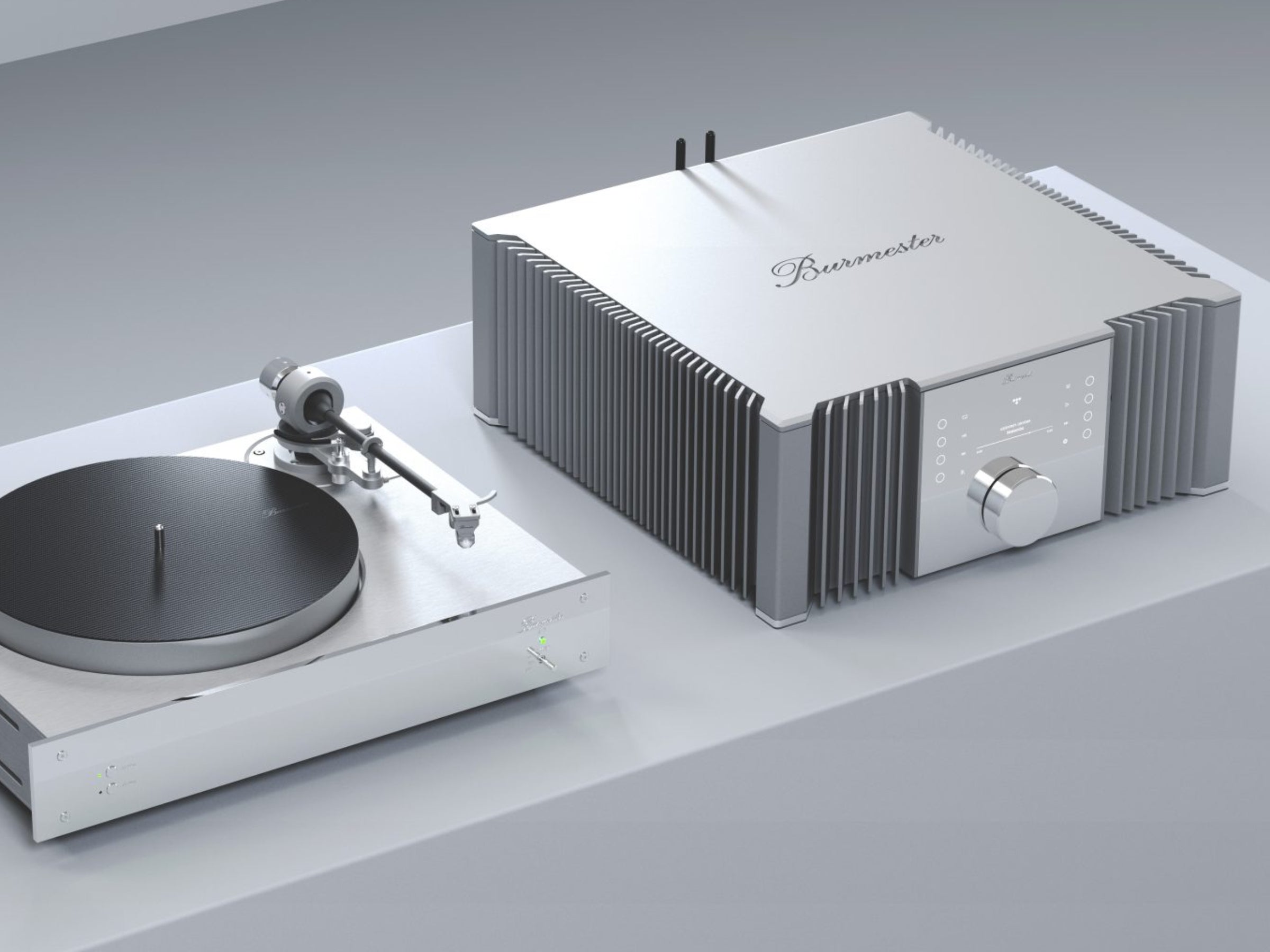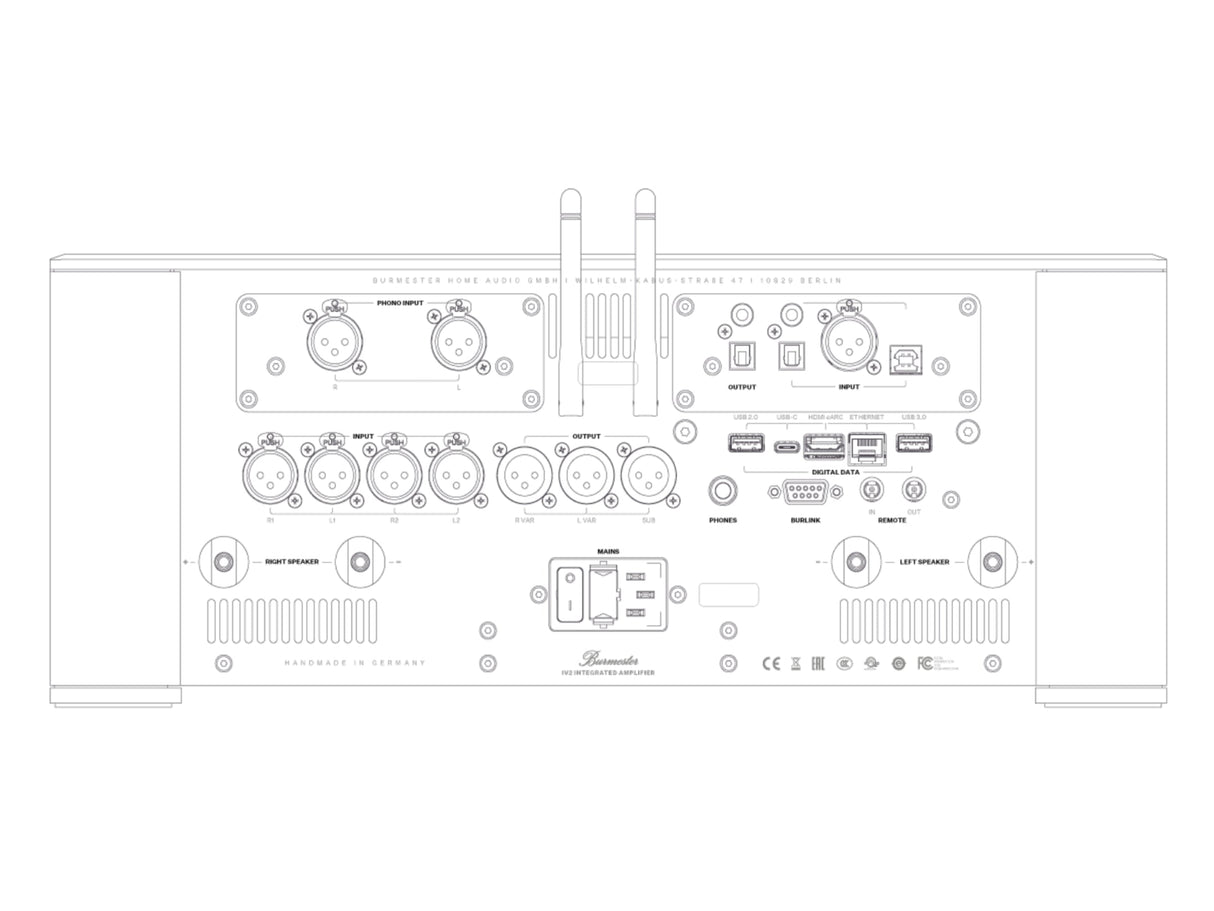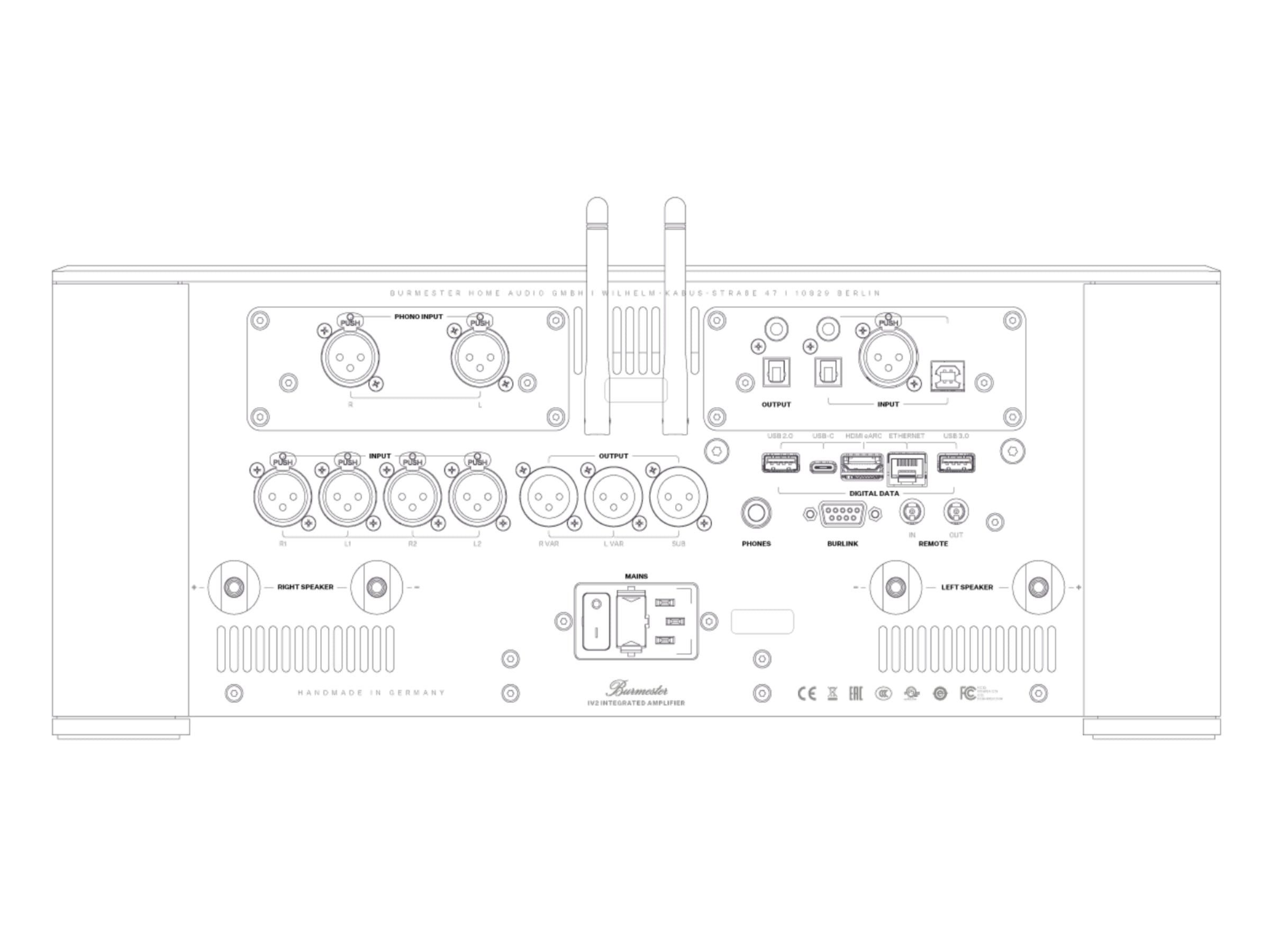Burmester 232 Integrated Amplifier
The Burmester 232 integrated amplifier from the Classic Line fulfils all the requirements of a modern amplifier. It supports various analogue and digital input sources to seamlessly integrate into existing audio setups. It combines this functional flexibility with the extraordinary sound quality for which Burmester is known worldwide.
The Burmester 232 Integrated Amplifier is officially Roon Ready. “Roon Ready” means seamless integration between Roon and certified network devices from selected manufacturers. The Burmester 232 is automatically detected and integrated, enabling an intuitive, consistent, and audiophile-grade streaming experience.
Features
- Intuitive control: No need to switch apps or configure settings. Music playback happens directly from the Roon app
- Complete music library: Manage Apple Music, TIDAL, Qobuz, and local libraries all from within the Roon app
- Cross-device control: Seamless interaction across smartphone, tablet, and desktop provides maximum flexibility
- Full functionality without extra logins: The Burmester 232 is automatically recognized – no manual setup required
- Uncompromising sound quality: Bit-perfect streaming at full resolution, delivering every recording exactly as the artist intended
Sound Quality
Despite the multitude of digital connection options and functions, the sound image is still determined by the analogue circuit technology. With its warm, full, yet exceptionally detailed and powerful sound, the 232 integrated amplifier realizes the sonic ideal of a Burmester amplifier.
As the heart of the system, the transformer ensures effortless sovereignty regardless of which speaker the 232's Class A/B power amplifier is performing at. Because the two amplifiers, the power supply and transformer are dual-mono, the electrical and magnetic coupling between the channels is minimized. The separate amplifiers reduce the likelihood of crosstalk, i.e., one channel's signal affecting the other. Each amplifier has its own independent power supply, which means that the supply voltage for each channel is kept stable and independent. The operational amplifiers used are of highest quality and allow the music signal to pass through unaffected in interaction with the intelligent volume control.
Modularity
The 232 can be operated as a pure integrated amplifier but is equally capable of processing digital and analogue sources. Due to its modularity, it can be configured entirely according to customer preferences.
Optional DAC/Streaming Module
The optional DAC module transforms the 232 into a powerful streaming integrated amplifier with numerous digital interfaces. With the optional built-in DAC module, the 232 can play music from audio networks and support popular streaming services. It masters the conversion of internal audio streams, such as those from streaming services or Burmester servers, as well as external digital sources at the highest level. The new converter generation naturally masters DSD and sampling rates up to 768 kHz in 32-bit. When the optional DAC module is used, eARC-capable devices like TVs can also be played back via the 232 using the HDMI interface. The USB interfaces serve as audio interface for Windows, MacOS, Linux and Android OS or enable the playback of music from a USB storage medium.
Optional Phone Stage Module
The phono module for MC cartridge systems is based on the phono signal processing from the Burmester 077 Reference Preamplifier and the award-winning 100 Phono Preamplifier, combining the processing of the finest of analogue signals with the world of digital music at the highest level.
Design
The new Burmester 232 integrated amplifier is the first product to feature the new Burmester design. This is characterized by elegant, timeless lines and a more harmonious handling of existing surfaces, such as the heat sink profile, or the lid surface, thus creating a sculptural appearance in the room.
Above all, the new base concept reinforces the effect of lightness and suggests a floating appearance. This design element is scaled from the Classic Line to the Signature Line but is an integral part of each product line in its respective design.
Extensive studies have been conducted to thermally optimize the heat sink profile. Scaled across the product lines and performance levels, it follows the approach of performance enhancement and is thus far more than just a design element. It extends radially from the center of the cabinet and represents the biggest break from the more traditional appearance of the previous Burmester generation of devices.
Combined with the organic-looking lines of the base, the new shape creates an interplay of technical, elegant and organic, room-environment friendly forms. This is reinforced by the contrast of matte and glossy surfaces
New Rotary Encoder

The new Burmester rotary encoder, in addition to the app and remote control, serves as the main control element of the 232 and equips the integrated amplifier with innovative haptic feedback technology. The haptic feedback adapts to the respective functions, including features such as rotational resistance, number, and spacing of ticks. In addition to controlling classic functions such as input selection, volume adjustment, or scrolling through playlists, the rotary encoder in the 232 also replaces the power switch.
The feedback in different haptic sensations allows the user a unique, personalised operating experience, compressed into a single control element. Its functions range from fine to coarse and heavy detents, blocking at the ends and beginnings of lists, or a constant force rotational feel. The haptic sensation of the rotary encoder always has a direct reference to the display contents.
Specifications
| Weight: | 27 kg |
| Width: | 450 mm |
| Height: | 177 mm |
| Depth: | 480 mm |
| Inputs analog: | 2 balanced XLR |
| Inputs digital: (Optional) | 3 USB, 1 HDMI, 1 electrical RCA, 1 optical (TOSLINK), 1 AES EBU |
| Outputs analog: | 1 Stereo XLR, 1 Sub-Out (mono) |
| Outputs digital: | 1 electrical RCA, 1 optical (TOSLINK) |
|
Output power stereo (CEA) per channel at 4 Ω: |
150 W (determined on pre-series device) |
| Headphone stereo-jack: | 6,3 mm |
| Remote controlled: | yes |
| Optional module: | DAC, Phono MC |
Payment & Security
Payment methods
Your payment information is processed securely. We do not store credit card details nor have access to your credit card information.

